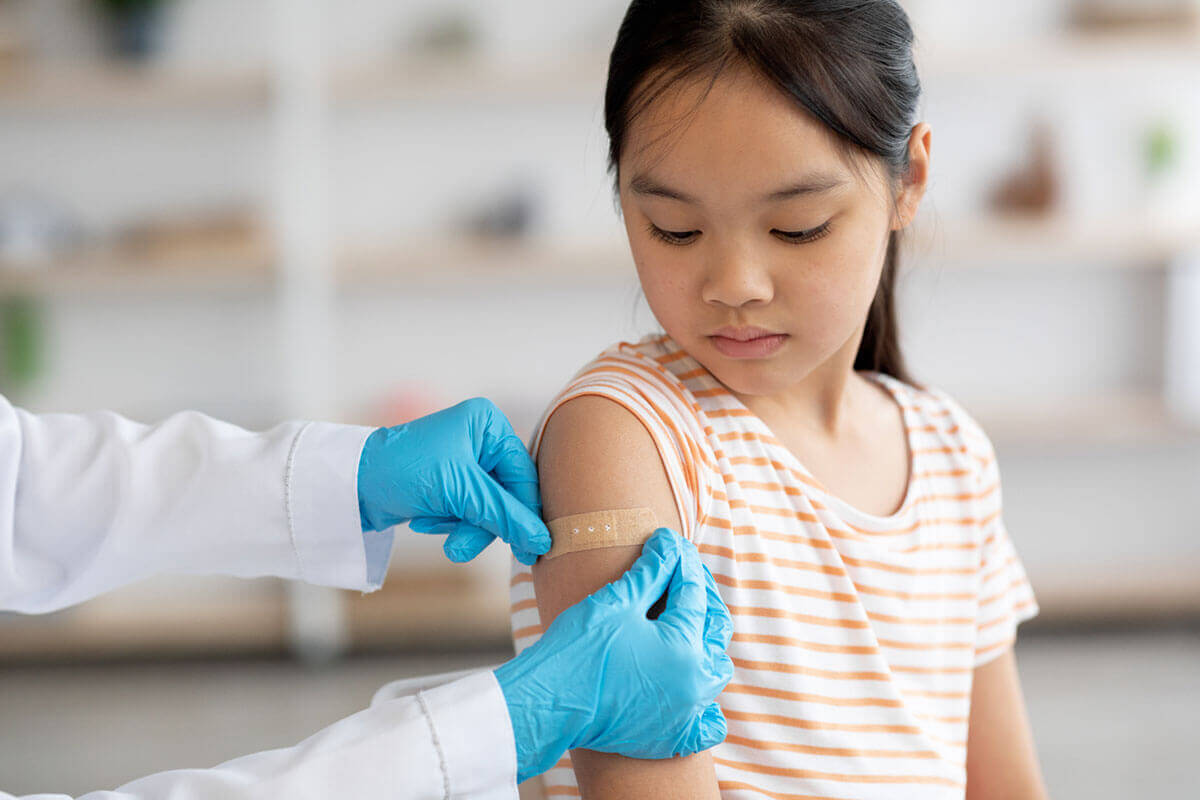Minor Surgeries
Certain minor surgeries can be done in our doctor’s office. They usually take less than 2 hours, and you can recover at home after the surgery (“outpatient”). For these, you most likely will need only oral pain medicines after your procedure.
Minor surgeries provided might include:
- Skin laceration repair
- Mole removal
- Biopsy
Skin Lacerations
Skin laceration repair is an important skill in family medicine. Sutures, tissue adhesives, staples, and skin-closure tapes are options in the outpatient setting. Although suturing is the preferred method for laceration repair, tissue adhesives are similar in patient satisfaction, infection rates, and scarring risk in low skin-tension areas and may be more cost-effective. The tissue adhesive hair apposition technique also is effective in repairing scalp lacerations.
Studies have shown that tap water is safe to use for irrigation, that white petrolatum ointment is as effective as antibiotic ointment in postprocedure care, and that wetting the wound as early as 12 hours after repair does not increase the risk of infection. Patient education and appropriate procedural coding are important after the repair.
Melanoma in an existing mole
Surgery to remove (excise) a melanoma removes the entire melanoma along with a border (margin) of normal-appearing skin. The width of the border of normal skin removed depends on the depth of the melanoma. More tissue, usually skin and fat, is also removed from under the melanoma.
- Small excisions may be closed with stitches and heal without problems.
- Large excisions or those located on the hands, face, or feet may require a skin graft to close the wound after surgery.
The type of anesthetic used for your surgery depends on the size and location of the melanoma. Surgery on small, quickly reached melanomas may require only a local anesthetic. Surgery for larger melanomas may require general anesthesia.
Signs of melanoma in an existing mole include changes in:
- Elevation, such as thickening or raising of a previously flat mole.
- Surface, such as scaling, erosion, oozing, bleeding or crusting.
- Surrounding skin, such as redness, swelling, or small new patches of colour around a larger lesion (satellite pigmentations).
- Sensation, such as itching, tingling, burning, or pain.
- Consistency, such as softening or small pieces that break off easily.
Many other skin conditions (such as seborrheic keratosis, warts, and basal cell cancer) have features similar to those of melanoma.
Skin Cancer Prevention
To help prevent skin cancer:
- Protect your skin. This includes staying out of the sun during the midday hours and using sunscreen.
- Examine your skin regularly, and have your doctor check your skin during all other health examinations, or at least once a year.

